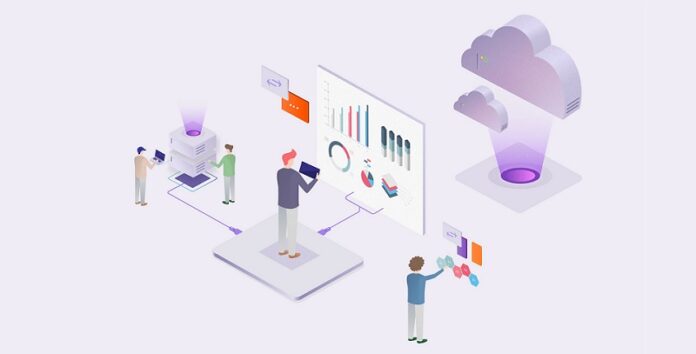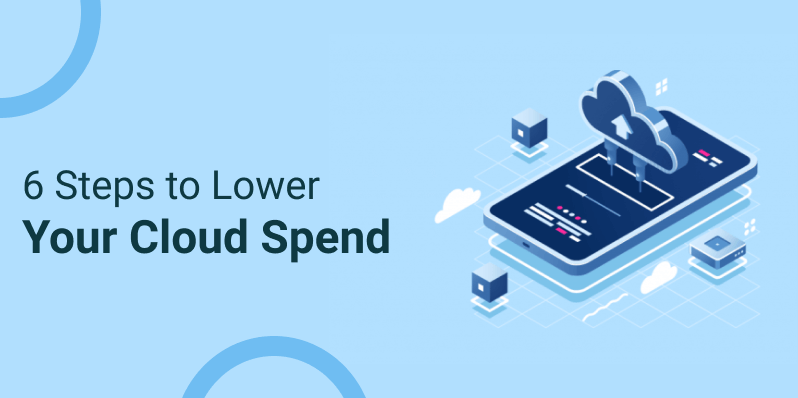5 Hacks for Building a Secure Cloud Infrastructure for Strong Data Protection

In a hurry to migrate to a cloud-based infrastructure, many companies overlook the importance of building a full-proof data security and protection plan. This situation is later exploited by cybercriminals who are always on the lookout to breach fragile and vulnerable networks and steal crucial data.
Here are some methods through which companies can build a secure cloud infrastructure to take full advantage of the many benefits of cloud migrations:
The DataSecOps Approach:
The DataSecOps approach is when organizations treat security as part of their data operations. It is an understanding that security should be a continuous part of the data operations processes and not something to be taken care of during the disaster management process if a ransomware attack or data breach incident happens.
Differentiate between Security and Privacy:
Data privacy is about ensuring that the personally identifiable information (PII) stored in the cloud stay hidden. Data security, on the other hand, is about specific protection strategies to prevent data theft. With the right mix of both privacy and security measures, a secure cloud infrastructure can be built for an organization.
Defining Data Protection Responsibilities:
When it comes to data protection during migration to the cloud, there is always a shared responsibility model between the user and the provider. The provider is responsible for specific security areas, and the user is responsible for the others. In most cases, the cloud provider is responsible for securing the cloud itself, while the user is responsible for protecting the data within the cloud.
Incorporating a Data Security Mesh:
As workforces are going remote and are mostly being supported by the cloud, the data protection strategy is no longer centered on a specific location. With more assets now existing outside the traditional security perimeter, cybersecurity needs to be redefined around every element of the infrastructure, application, network, and data. This is understood as incorporating a cybersecurity mesh, where the data records are protected regardless of the cloud or the data store where it originates, where it is or how it is being stored or processed.
Protecting the Data Analytics Pipeline:
A data analytics pipeline is a set of actions that ingest raw data from different sources and move the data to a destination for storage and analysis. Approaches like data masking, encryption and tokenization can make data unreadable to those, who try to access it without necessary clearance or authorization. So in case of any breach occur, the data is still of no value to someone trying to steal it.








